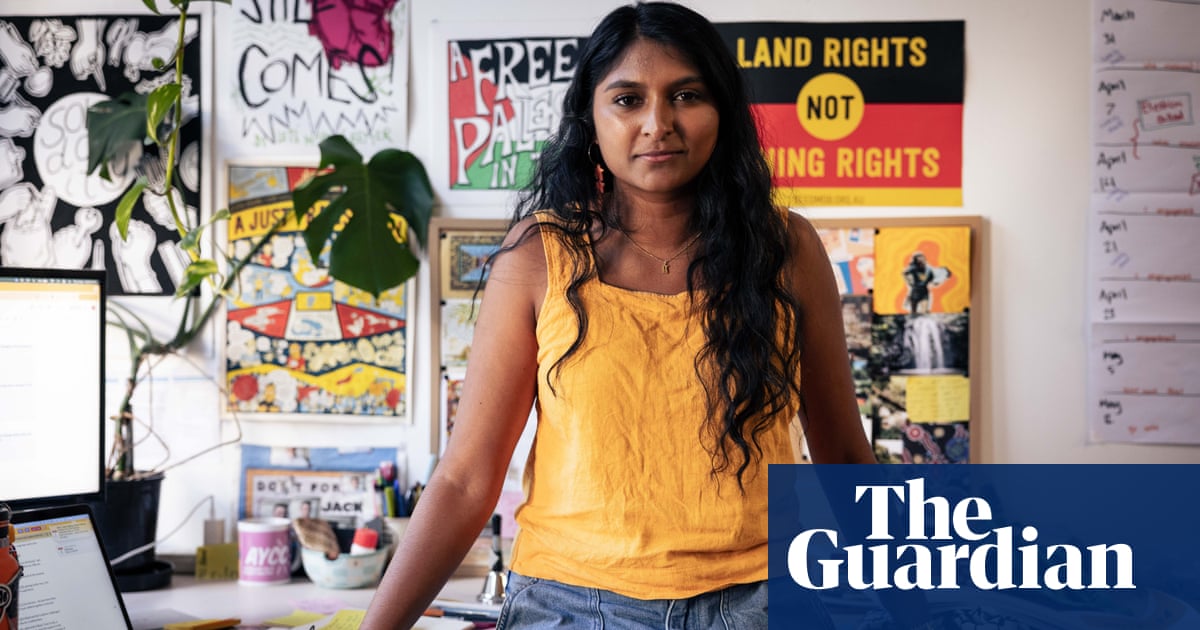Seven years ago, on a hot November day, Grace Vegesana and a few young climate activists gathered in a square in Sydney. Inspired by Greta Thunberg’s climate strikes in Sweden, they planned a rally and were hopeful just a hundred people would join. To their surprise, about 5,000 showed up. “It was a thrilling realization that people wanted change,” Vegesana recalls. As weeks passed, attendance grew.
Then, in 2019, Australia faced a devastating crisis—its worst bushfires in history. This disaster ignited public anger towards a government seen as indifferent. On September 20, that anger erupted into massive protests. Around 300,000 people took to the streets, marking one of Australia’s largest demonstrations since the anti-war marches of 2003.
Vegesana, now leading the Australian Youth Climate Coalition, felt energized by the momentum. But soon after, the excitement began to fade. A Lowy Institute poll showed that concern about climate issues among young Australians peaked in 2019, only to drop by eight percentage points by the next year. The movement seemed to lose its power.
What happened to that energy? The pandemic played a significant role. Lockdowns forced protests online, breaking connections between activists. Though organizers adapted with email campaigns and virtual meetings, many supporters drifted away. Activist Isabelle Zhu-Maguire, now 25, felt these online actions just didn’t carry the same weight. “We lost the feeling of being powerful together,” she said.
Dr. Eve Mayes from Deakin University points out that many young activists are now overwhelmed by competing global and local issues. With rising costs of living and international conflicts like the war in Ukraine, it’s draining to fight for multiple causes at once. The young generation’s attention is divided, making it harder to focus on climate action alone.
Recent polling by AYCC emphasizes this shift. A study revealed that while many 18 to 29-year-olds consider climate important when voting, only 8% see it as their top concern. Economic issues, specifically the cost of living concerns, ranked highest for 44% of surveyed Gen Z. In a population-wide Ipsos poll, the perceived ability of Australians to influence climate change has also declined, with many prioritizing cost over environmental concerns.
Vegesana notes that this focus on immediate needs leads young people to feel disillusioned. “They’re forced to think about their actual survival,” she says. Kayla Hill, a former youth activist, echoes these sentiments. After Labor’s victory in 2022, which brought hopes for climate progress, many in the movement felt reluctant to criticize the new government, leading to uncertainty and decreased participation.
Although the initial youth momentum faded, activists have adapted. Groups like the Tomorrow Movement have emerged, using creative actions—like placing toilets outside politicians’ offices—to highlight the urgency of climate and housing issues.
Experts like Amanda Tattersall stress that social movements often evolve rather than disappear. “Mass protests aren’t the only way to drive change. The impact of past mobilization will shape future activism,” she notes. Some former young strikers are now working in policy-oriented roles, pushing change from within their new positions.
Zhu-Maguire argues that while visible marches may have diminished, the spirit of activism persists. “We might not see large gatherings, but that doesn’t mean we have lost our drive,” she asserts.
Thus, the story isn’t over; it’s just changing. Amid challenges, young activists continue to find innovative ways to advocate for their future, shaped by past experiences yet responsive to new realities.
Source link



















